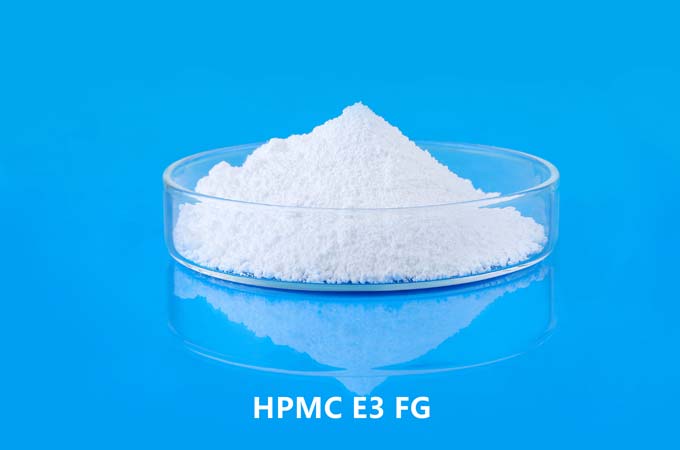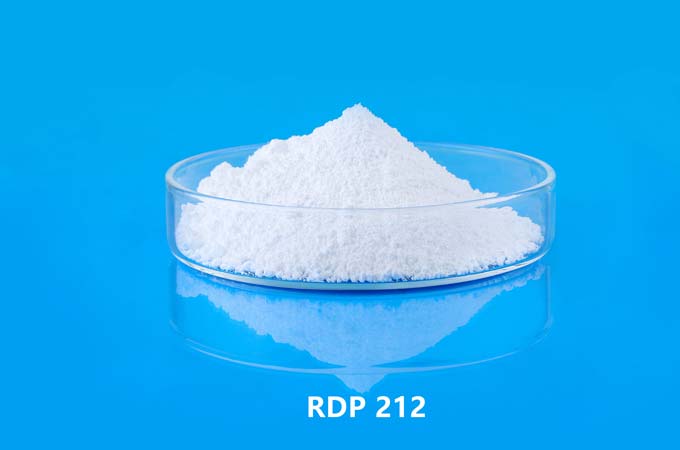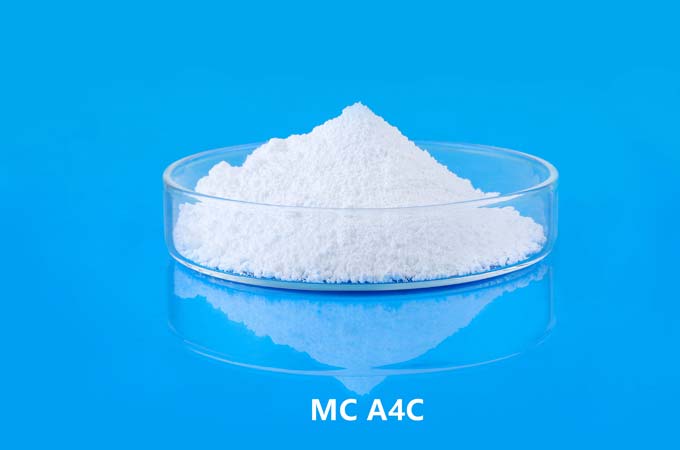Hydroxyethyl Cellulose (HEC) is a non-ionic water-soluble polymer made from natural cellulose by alkalization and ethylene oxide etherification. It has good thickening, suspension, water retention, colloid stability and other properties, and is widely used in construction, daily chemicals, coatings, pharmaceuticals, oil drilling and other fields. Among them, in the field of oil drilling, HEC is widely used as a key additive for drilling fluid, completion fluid and fracturing fluid due to its unique physical and chemical properties and environmental friendliness.
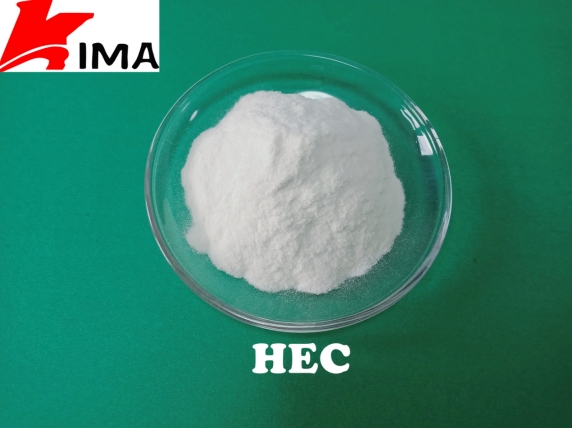
1. The role of HEC in drilling fluid
Drilling fluid, also known as drilling mud, is an important medium used to cool the drill bit, carry cuttings and maintain the stability of the well wall during drilling. In the drilling fluid system, HEC mainly plays the following roles:
Thickening effect
HEC can quickly dissolve in water to form a viscous and transparent liquid, which can effectively increase the viscosity of the drilling fluid, help suspend and carry cuttings, prevent deposition at the bottom of the drill bit, and ensure drilling efficiency.
Water loss control
The colloidal structure formed by HEC can form a filter cake on the well wall, play a good role in filtration control, reduce the penetration of water in the drilling fluid into the formation, prevent formation collapse and well wall instability.
Lubrication and cooling
The rheological properties of HEC can reduce the friction coefficient of the drilling fluid, play a good lubricating role on the drill string and the well wall, and help the drilling fluid to more effectively remove the heat generated by the drill bit and extend the life of the equipment.
Good environmental performance
Compared with other polymer additives (such as polyacrylamide, etc.), HEC is a natural derivative with strong biodegradability and little impact on the environment, which meets the environmental protection requirements of green drilling.
2. Application of HEC in completion fluid
Completion fluid is used to remove impurities in the well after drilling, protect the production layer and facilitate oil and gas production. HEC also has important uses in completion fluid:
Its good shear thinning and controllable viscosity ensure the good fluidity of the completion fluid in the well, while avoiding pollution or damage to the oil and gas layer.
HEC's low filtration performance also helps maintain formation pressure balance and prevent oil and gas leakage or formation collapse.
In terms of carrying sand and chemicals, HEC also has good suspension and stabilization effects, ensuring the safety and efficiency of well completion operations.

3. Application of HEC in fracturing fluid
Hydraulic fracturing technology is a common means to improve oil and gas recovery. Fracturing fluid needs to have a higher viscosity to carry proppants (such as quartz sand) into the cracks to support the cracks and prevent them from closing. HEC plays the following roles:
Provide a stable high-viscosity system to improve the carrying efficiency of proppants;
Good thermal stability, adapt to high-temperature downhole environments;
After fracturing, it is degraded by enzymes or oxidants to reduce the viscosity of the return fluid, which is conducive to fluid return and oil and gas production;
HEC has low corrosion to downhole equipment and formations and high safety.
4. Performance advantages of HEC
Compared with other thickeners or fluid loss reducers, HEC has the following outstanding advantages:
Strong water solubility: It can be quickly dissolved in cold or hot water to form a stable and uniform solution;
Good viscosity controllability: The amount of addition can be adjusted as needed to control the rheological properties of drilling fluid or fracturing fluid;
Excellent temperature and salt resistance: The modified HEC can still maintain good performance under high temperature and high salt conditions and adapt to complex downhole environments;
Non-toxic and environmentally friendly: It will not produce harmful by-products and is suitable for oilfield applications with strict green environmental protection requirements;
Safe storage and transportation: HEC is a powdered solid, which is easy to transport and store, and easy to construct.
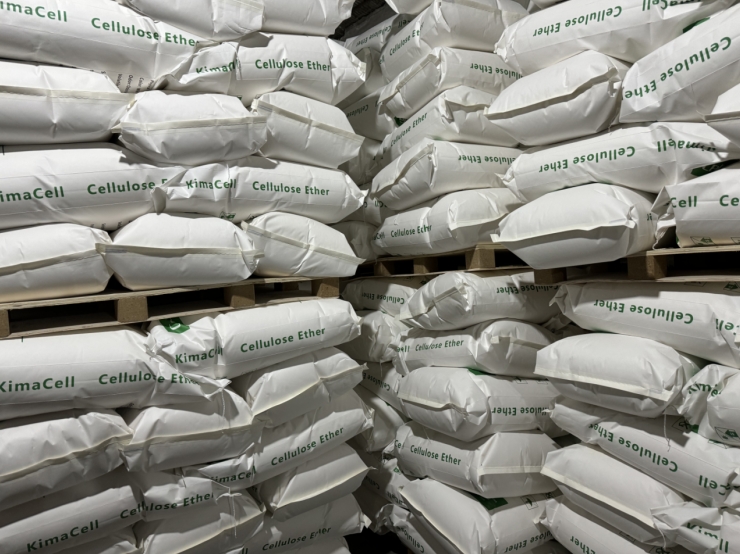
5. Development trend
With the continuous advancement of high-difficulty drilling operations such as deep wells, ultra-deep wells, and horizontal wells, the requirements for drilling fluid performance are also constantly increasing. As a natural polymer material, HEC has gradually developed towards high molecular weight, high degree of substitution, and strong temperature and salt tolerance. In the future, HEC will achieve further breakthroughs in the following aspects:
Compound with nanomaterials or other polymers to improve comprehensive performance;
Surface modification improves its adaptability to various formations;
Development of rapidly degradable HEC materials to further reduce environmental impact;
Promote the standardization and serialization of HEC applications to meet the needs of different oilfield conditions.
Hydroxyethyl cellulose (HEC) plays an irreplaceable role in the field of oil drilling due to its excellent thickening, filtration control ability, environmental friendliness and thermal stability. With the continuous advancement of drilling technology and the promotion of the concept of green mining, the application prospects of HEC will be broader.
 English
English 日本語
日本語 français
français Deutsch
Deutsch Español
Español italiano
italiano русский
русский português
português العربية
العربية Türkçe
Türkçe Nederland
Nederland



